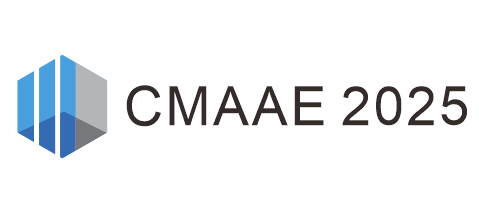Keynote Speaker 2024
Keynote Speaker Ⅰ
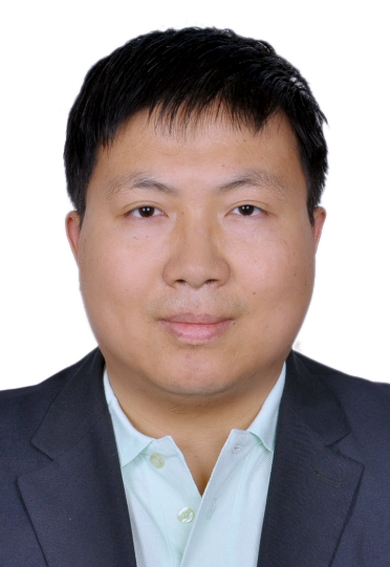
Prof. Weizong Wang
Beihang University, China
Biography: Prof. Dr. Weizong received double Ph.D. degrees in electrical engineering from Xi'an Jiaotong University in Xi’an (China) and University of Liverpool (United Kingdom) in 2013. After that, he worked at Qian Xuesen Laboratory of Space Technology and studied advanced spacecraft propulsion. In 2015, he entered the PLASMANT research group at the University of Antwerp in Belgium supported by the European Marie Skłodowska-Curie (MSCA) Individual Fellowship and studied plasma based gases conversion into value added products. After some postdoctoral research years, he became a professor of space propulsion in 2018 at Beihang University. He is currently Dean of School of Astronautics at Beihang University. He is also the head of the Advanced Space Propulsion and Energy Laboratory (ASPEL). His current research activities include the fundamental physics, chemistry and applications of low temperature plasmas, by numerical modelling and experiments, for various applications, especially space propulsion and energy conversion applications. He is author of more than 100 peer-reviewed publications and gave more than 40 invited talks at academic conferences. He is serving as advisory board member of IOP Journal of Physics D: Applied Physics and editors of several journals including Space: Science & Technology、Chinese Space Science and Technology、Gas Physics and guest editor for 3 special issues in journals.
Keynote Speaker Ⅱ
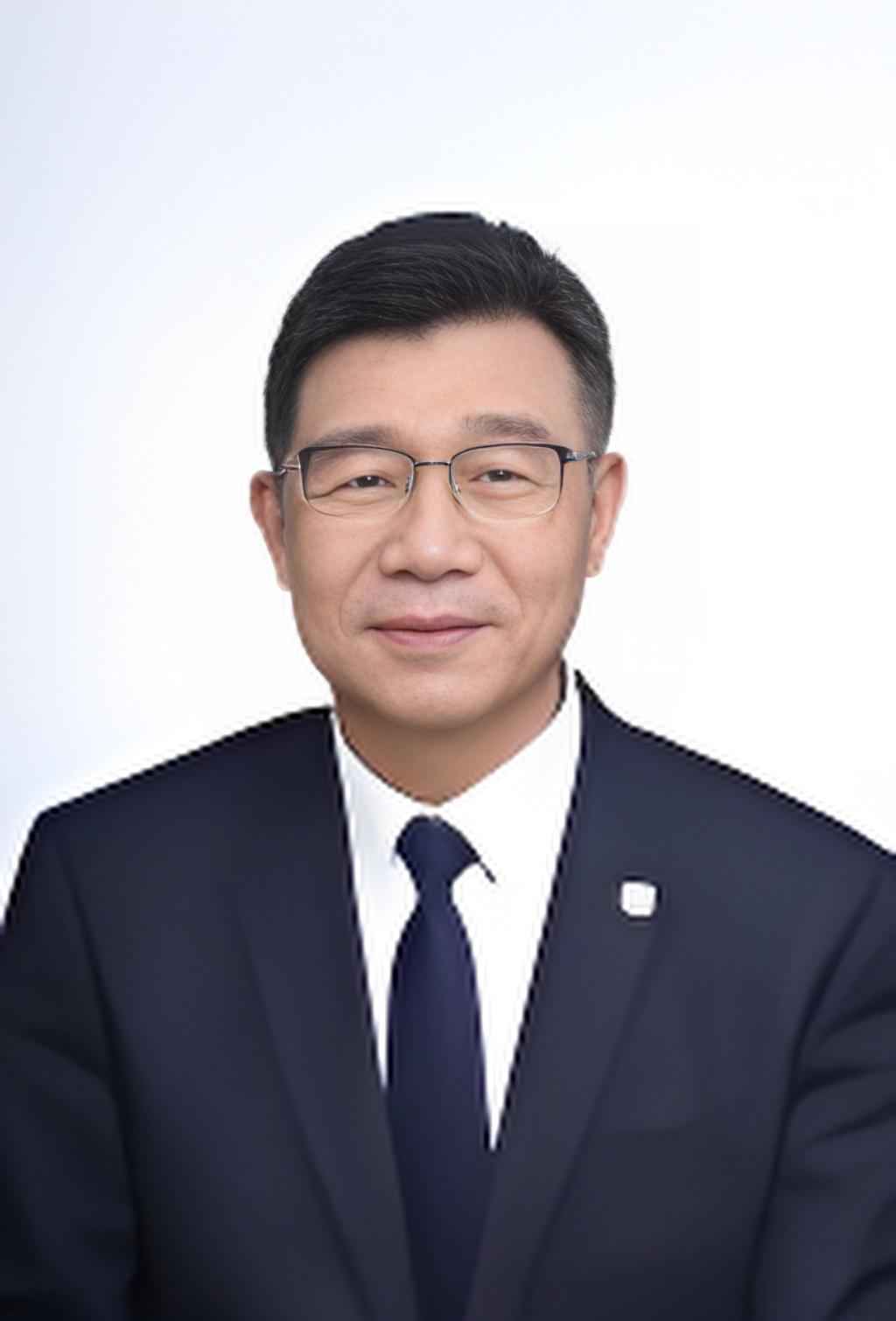
Prof. Qunli Zhao
Aviation Industry Development Research Center of China, China
Biography: Zhao Qunli is a research fellow. He graduated from Beijing University of Aeronautics and Astronautics with a master's degree in 1991 and began to work in the Aviation Industry Development Research Center of China. His main research areas are aviation science and technology information and aviation science and technology development strategy. In 2000, he completed the "Research on Key Aviation Technologies", in 2007 he completed the "Research on the Establishment Plan of Commercial Aircraft Corporation of China", in 2016 he completed the "2035 Aeronautical Engineering Science and Technology Development Strategy Research", and in 2023 he completed the "Research on the Development Strategy of Aeronautical Engineering Science and Technology in the Next 20 Years". He is currently the chief engineer of the Institute of Science and Technology Strategy and Systems Engineering of the Aviation Industry Development Research Center of China, and a member of the editorial board of the journal "Aeronautical Science and Technology". He has completed more than 30 aeronautical scientific research projects, won 12 provincial and ministerial scientific and technological progress awards. He is the author of more than 30 papers and 2 books, and won the honorary title of "model worker" at the ministerial level.
Speech Title: China's Civil Aviation Technology Outlook to 2050
Keynote Speaker Ⅲ
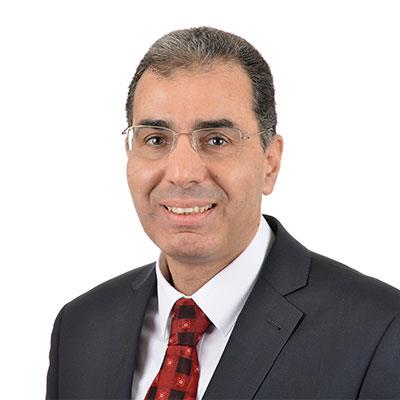
Prof. Essam Shehab
Fellow of HEA, IET
Nazarbayev University, Kazakhstan
Biography: Professor Essam Shehab is the Head of Mechanical and Aerospace Engineering Department at Nazarbayev University, Kazakhstan. He is also a Visiting Professor at Cranfield University, UK. Professor Shehab has sustained his strong research leadership with world-leading aerospace companies including Airbus and Rolls-Royce by collaborating consistently with both companies over the past 16 years and has generated an impressive over 100 research projects with both companies. He secured £16m research funding in cash from Government grants (UK, EU, KZ and overseas) and industry. Professor Shehab was invited to provide plenary and keynote presentations in international conferences. He generated 326 research publications which have received over 11,500 Citations. His i10-index of 116 and h-index of 29, 40 and 35 by Scopus, Google Scholar and Research Gate respectively. He has successfully completed the supervision of 34 PhD researchers and 132 MSc theses. He acted as the External Examiner for MEng/BEng mechanical and manufacturing engineering programmes at Queen’s University Belfast and Teesside University, Leicester University and University of Greenwich. He also served as the external examiner for over 30 PhD theses at UK, UAE, Singapore, and Ireland universities. Professor Shehab is a Chartered Engineer (CEng), a Fellow of the UK Higher Education Academy (HEA), the Institute of Engineering and Technology (IET) and the Association of Cost Engineers (ACostE).
Speech Title: Industrial Digitalization Applications in World-Class Aerospace Companies
Abstract: This keynote presentation will provide an overview of a number of research projects on digital manufacturing which were carried out within world-class aerospace companies such as Airbus and Rolls-Royce. The research projects include digital mock-up, model-based definition and digital workflow in manufacturing. Digital Mock-Up (DMU) project focused on integrating design and manufacturing teams during different phases of aircraft design to reduce concession time. Model-Based Definition (MBD) is based upon the shift to 3D CAD models as a single source of product definition encompassing all the product information and thus eliminating the need for 2D representation. It is a digital-product model that defines the requirements and specifications of the product. A Model-Based Enterprise (MBE) uses MBD to define the product requirements and specifications instead of paper-based documents as the data source for all engineering activities throughout the product lifecycle. The presentation will provide an outline on digital workflow of complex aerospace manufacturing engineering processes.
Keynote Speaker Ⅳ
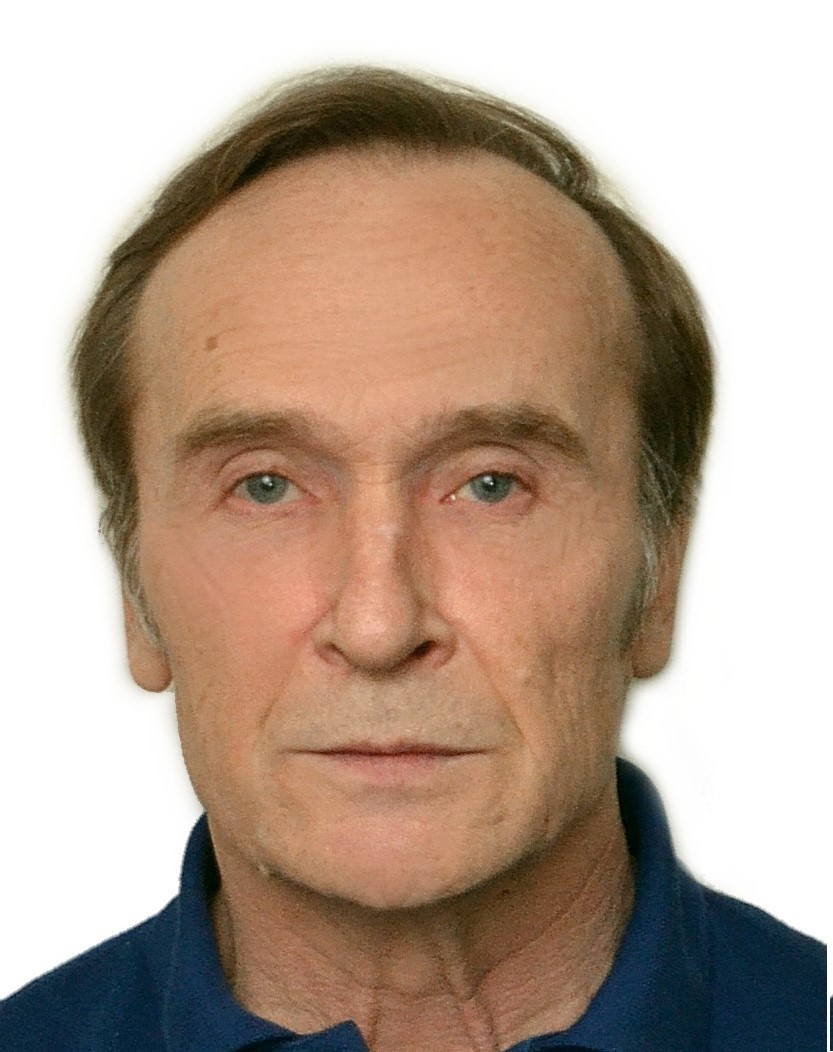
Prof. Sergey Timushev
Moscow Aviation Institute, Russia
Biography: Sergey Timushev graduated from Moscow Aviation Institute in 1978. He received his Dr.Tech.Sc. degree in 1996 on numerical modeling of pressure pulsation in centrifugal pumps. He worked for Buran space program and within Moscow Aviation Institute for Arianne-Vulcain project, proposed the original acoustic-vortex method for numerical modeling of pressure pulsations and noise of bladed machines. He made many experimental and computational studies in the field of pressure pulsation and vibration in centrifugal turbopump units of Liquid Propellant Rocket Engines (LPRE), including reduction of pressure pulsation and vibration caused by cavitation, reverse flows, acoustical amplification. In 1986, he proposed the original method for numerical modeling of pressure pulsation in centrifugal machines. . In 2002-2004 he worked for EU scientific project NORMA on noise and vibration reduction in high-speed ships. Currently he works as a professor of department of Rocket engines of MAI and professor of turbomachinery. The last decade he works on the problem of computational prediction of pressure pulsation in centrifugal pumps and ventilators and reduction of vibration and noise in bladed machines. Recently he works on the creation of the new CFD-CAA code for prediction of noise emitted by tires and multicopter propellers. He is author and co-author of more than 100 scientific papers.
Speech Title: Acoustic-Vortex Decomposition Method for Modeling Pressure Pulsations and Noise in Blade Machines with Subsonic Flow
Abstract: The method for calculating the generation of pressure pulsations and noise emission by blade machines based on the decomposition of the compressible medium velocity field into vortex and acoustic modes. This method of acoustic-vortex decomposition of the basic equations of motion of a compressible medium leads to an inhomogeneous wave equation with respect to enthalpy pulsations, which include pseudo-sonic oscillations in the source vortex region and acoustic oscillations in the near-field and far-field. The source function in the wave equation is determined from the independent solution of the vortex mode equations. The boundary conditions for the wave equation are formulated using complex specific acoustic impedance and pseudo-sonic oscillations. This method allows for the consideration of the influence of inhomogeneity and turbulence of the flow, rotor interference, sound diffraction on the elements of the flow part, impedance characteristics of the machine surfaces, while ensuring the accuracy and speed of calculations. The acoustic-vortex method represents the noise source as a function of the vortex mode velocity field. This approach eliminates the arbitrariness and conventionality of the aeroacoustic analogy, defining the source, pressure pulsations and noise propagation in the near field as a direct result of numerical modelling.
